Introduction: The Art of Maximizing Small Spaces
Creating the illusion of ample space in a small room is truly an art. It requires a careful balance of aesthetics, functionality, and interior design principles to transform a cramped area into a cozy but visually expansive space. Whether it’s a tiny studio, a small bedroom, or a compact living room, a range of techniques can be employed to ensure every inch is utilized efficiently. In this comprehensive guide, we delve into various strategies on ‘how to make a small room look bigger’, including selecting the right color scheme, optimizing natural light, and other innovative tips for achieving a spacious living room look.
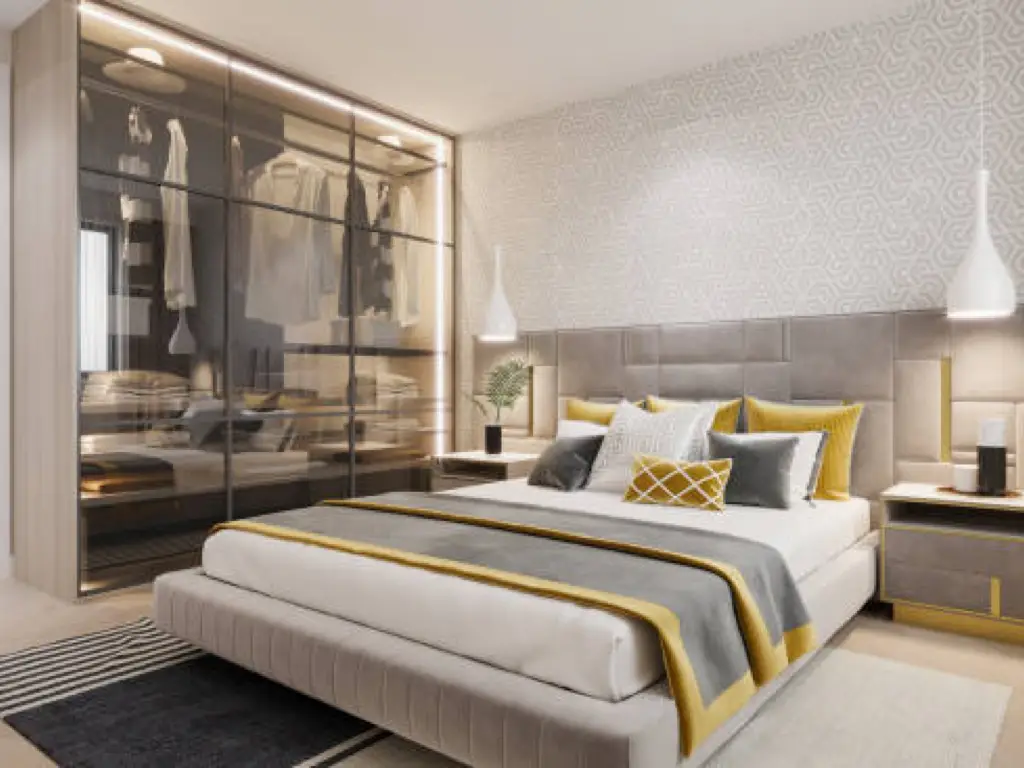
Recognizing the Importance of Color Selection: How to Make Small Rooms Look Bigger
Color has a significant impact on how we perceive space. A well-thought-out color scheme can dramatically enhance the appearance of a small room, making it seem larger than it really is. Light colors are known to reflect more natural light than dark shades, thus contributing to a feeling of spaciousness. For instance, employing a soft, neutral palette of whites, creams or pastels can create a sense of airy openness, effectively making the room look bigger. This can work for any space, be it a small living room, bedroom, or study. Keep in mind, however, to limit your use of strong, dark hues to accents or smaller pieces of furniture to prevent a cramped feel. Additionally, incorporating terracotta elements, such as terracotta pots or terracotta-colored accessories, can add warmth and earthiness to the space while still maintaining a sense of openness.
Utilizing Light to Amplify Space: Key Strategies
Introducing more light, both natural and artificial, including an overhead light, is an effective way to make a small room look bigger. Ample lighting helps enlarge a space visually by eradicating dim corners and casting an overall radiant ambiance. It’s advisable to let in as much daylight as possible. Use light, gauzy window treatments or simply leave windows bare to invite an abundance of natural glow. As for artificial lighting, a central overhead fixture may not be enough to illuminate the whole room. Consider installing multiple light sources like layering floor and table lamps to evenly distribute light and increase the sense of spaciousness.
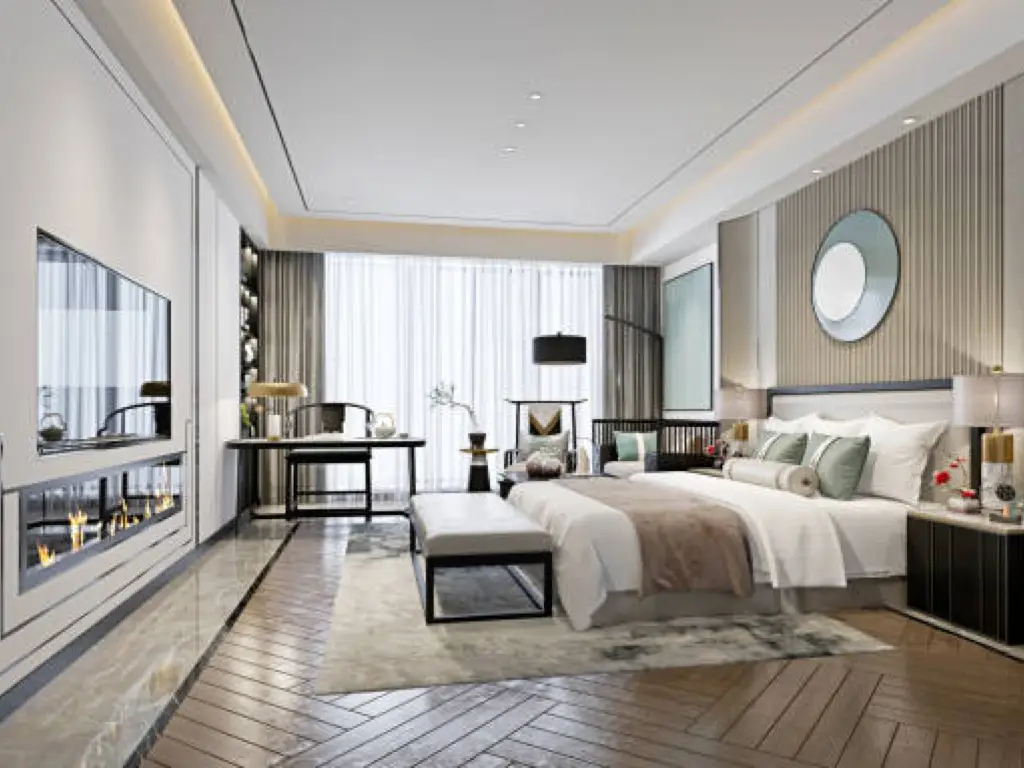
Effective Furnishings Placement: Making Your Small Room Look Bigger
The way you position your furniture can significantly influence how big a room appears. Here are some key points to consider when arranging your furniture to make a compact room more spacious:
| Opt for Versatile Furniture | For example, a bed with built-in storage drawers can provide a comfortable sleeping area while also keeping clutter at bay. Similarly, an ottoman can double up as a seating option, a footrest, and a storage compartment. |
| Prioritize Clear Floor Space | You can maintain a clear and unobstructed floor area. This openness can make the room feel less cramped and more spacious. |
| Position Large Furniture Against Walls | To optimize the sense of space, place the larger pieces of furniture against the wall. This placement allows for a more open central space and avoids blocking pathways or views through windows. |
| Select Raised Furniture | Choosing sofas and chairs with raised legs can help create an extended sense of space. The visible floor underneath the furniture gives an illusion of more room. |
| Choose Fewer, Larger Furniture Pieces | Instead of stuffing the room with many small pieces of furniture, consider using fewer but larger items. This strategy can reduce visual clutter and give an impression of a more spacious room. |
Mirror Magic: Reflecting Light and Space
Mirrors can work wonders to make a small room look bigger. They reflect light and mirror back the room, creating an illusion of depth and space. Place a large mirror opposite a window or a light source for maximum reflection. Mirrored closet doors or a large mirror covering one wall can effectively double the room’s perceived size. Mirrors also channel a chic, contemporary vibe, enhancing the aesthetics of your small living room or bedroom. Additionally, incorporating a TV into the room’s design can provide entertainment and further enhance the functionality of the space.
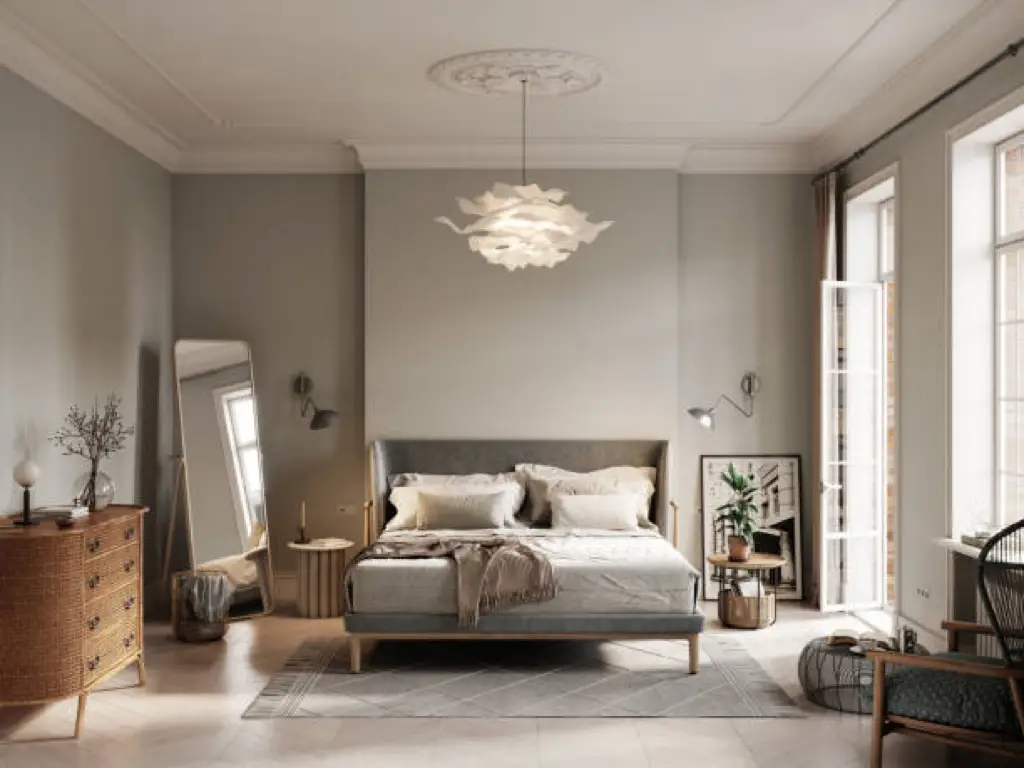
Decluttering Your Space: The First Step to Enlarge Your Room
One of the simplest ways to make a room look bigger is by decluttering. A room filled with too much stuff can feel cramped and claustrophobic. Start by removing unnecessary items, and then organize the rest strategically. Employ smart storage solutions like built-in cabinets or multifunctional furniture to keep your essentials tucked out of sight. Remember, open spaces enhance room dimensions, making the room seem larger.
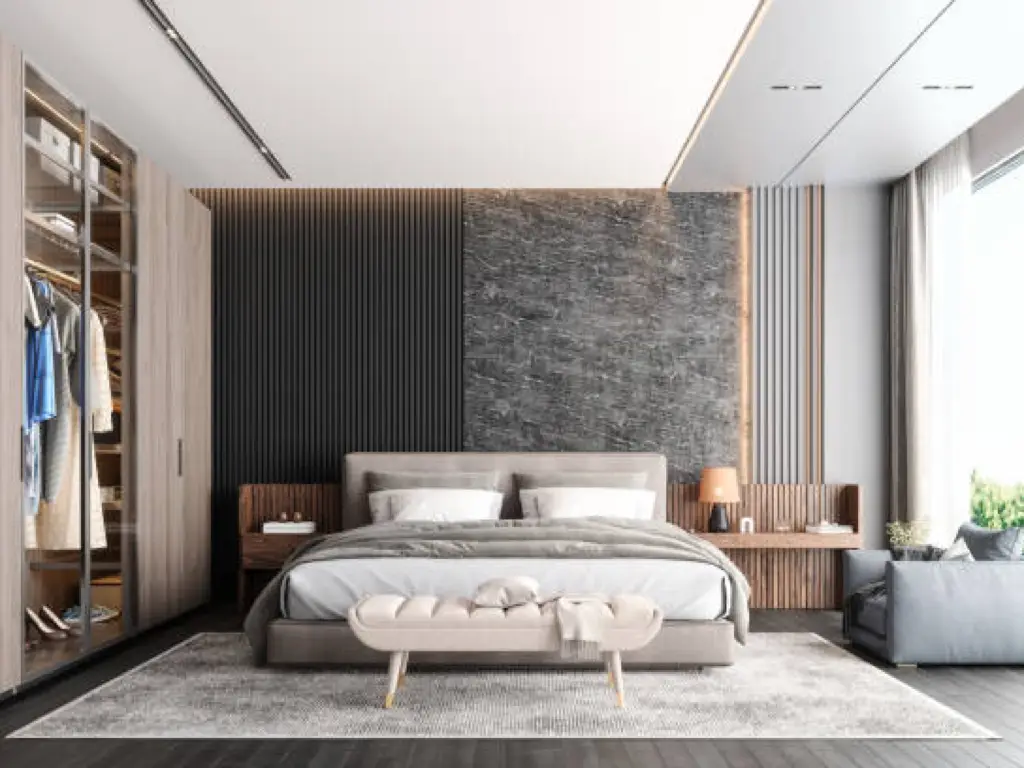
Exploring the Power of Patterns: How to Make a Small Living Room Look Bigger
Patterns can be an excellent tool to enhance the perception of space and paint color. Strategic use of patterns can draw the eye, add depth, and make the room appear larger than it actually is. Consider the following tips:
Vertical stripes: Incorporating vertical stripes in wallpaper, curtains, or rugs can make the room feel taller. Vertical lines visually elongate the space, creating a sense of height.
Geometric patterns: Opt for large-scale geometric patterns on accent walls or furniture upholstery. These patterns add visual interest and depth to the room while creating a spacious ambiance.
Subtle patterns: If you prefer a more subdued look, choose patterns with minimal contrast and scale. Avoid overwhelming the space with busy or crowded designs as they can make the room feel smaller. Subtle patterns can enhance the texture while maintaining a sense of openness.
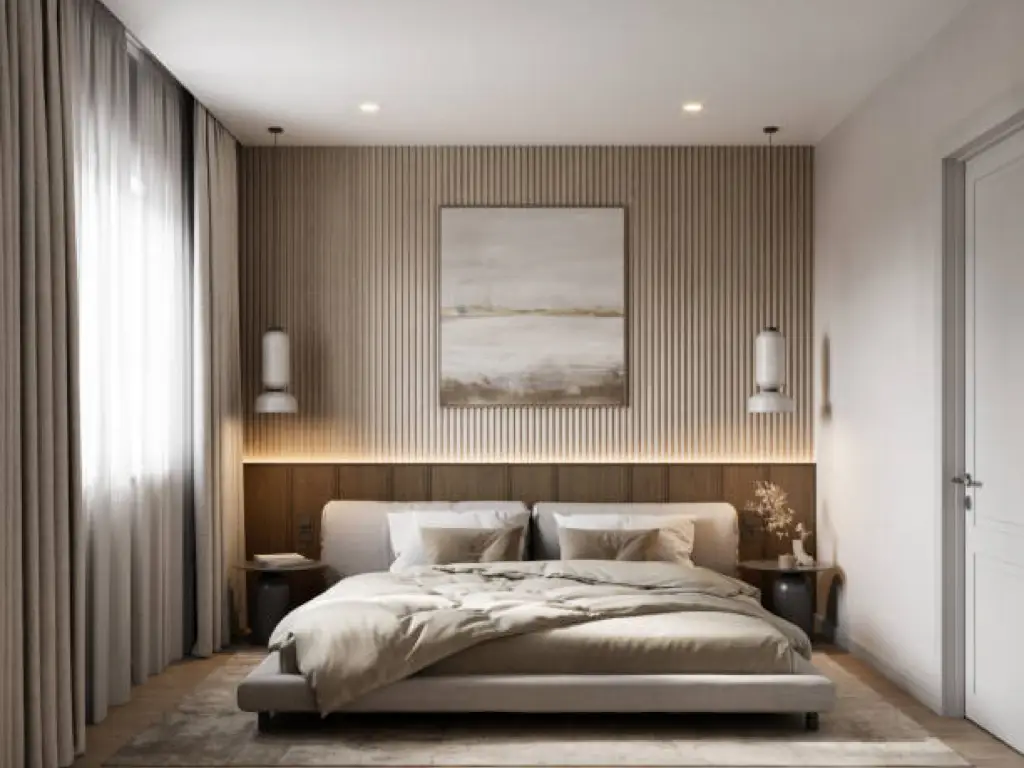
Strategic Small Living Room Ideas: Decor Selection
Decorating a small room requires thoughtful selection and arrangement. Avoid overcrowding the room with too many accessories. Choose a few statement pieces, such as a sofa bed, that add personality without cluttering the space. Wall hangings, small artworks, or slender sculptures can add depth and interest to your room. Strategic decor selection can make a big difference in creating the illusion of space.
| Opt for smaller-scale furniture and accessories | Choose furniture, artwork, and decor pieces that are proportionate to the size of the room. Oversized items can overpower space and make it feel cramped. Smaller-scale furnishings create a better visual balance and allow for more breathing room. |
| Reflective elements | Incorporate decor items with reflective surfaces, such as metallic accents, mirrored frames, or glass accessories. These reflective elements bounce light around the room, making it appear brighter and more spacious. |
| Use vertical space | Utilize wall space for decorative purposes to keep surfaces clean and clutter-free. Hang shelves, artwork, or floating wall cabinets to add personality and style without taking up valuable floor space. |
By carefully selecting and placing decor items, you can optimize the visual appeal and perceived size of your small room. Additionally, choosing the right wall color, such as the perfect paint color, can greatly enhance the illusion of space in a small room.
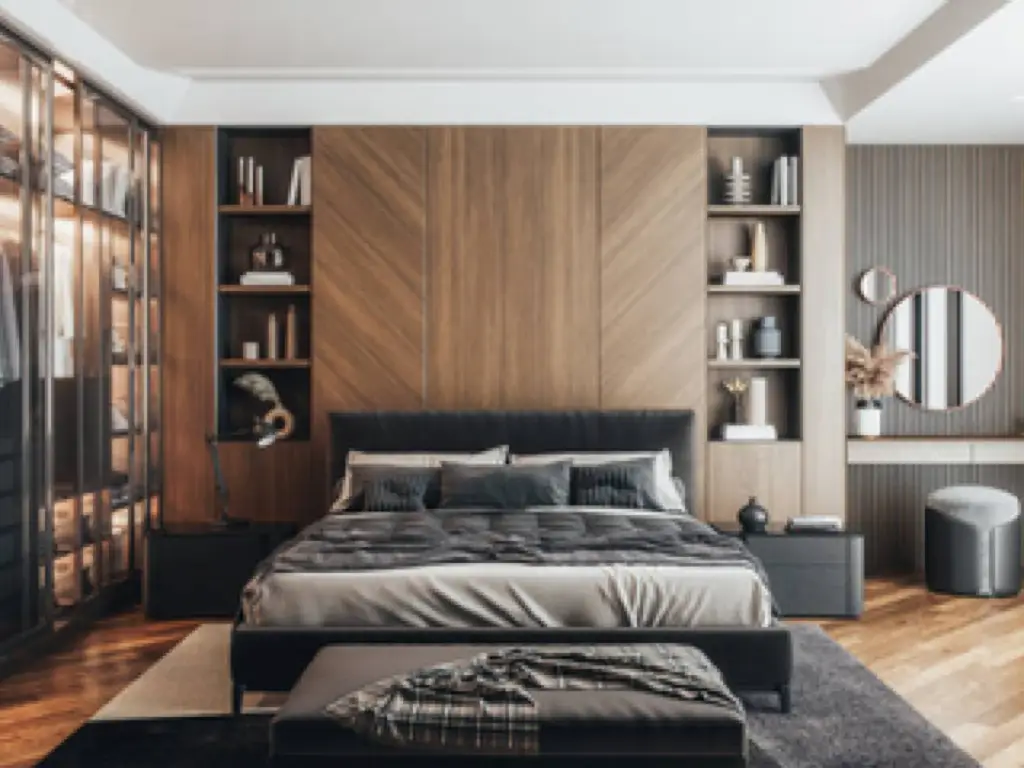
How to Make a Room Look Bigger With Drapes?
Drapes can be a secret weapon in your quest how to make a small room look bigger. The right types of curtains, blinds, or shades can enhance both the natural light and the perceived dimensions of the home office. Lightweight, sheer curtains that stretch from ceiling to floor can make the room seem taller and brighter. Avoid heavy drapes or dark, dense materials that could absorb light and make the space feel tight and confined. If you want more tips and ideas on how to make a small room look bigger, check out our blog for expert advice and inspiration.
Creating Illusions: Techniques to Make Your Small Room Look Bigger
When it comes to making a small room appear larger, creating visual illusions can work wonders. Here are some effective techniques you can use:
Paint or wallpaper the ceiling: Drawing the eye upward can create the illusion of a larger room. Consider painting the ceiling a lighter shade than the walls to make it appear higher. Alternatively, applying wallpaper to the ceiling can add visual interest and create a unique focal point. This technique helps to open up space and gives the impression of greater height.
Utilize high shelves: Hanging a shelf closer to the ceiling across a wall can have a dramatic impact on the perceived size of the room. This technique draws attention to the height of the space, making it feel taller. It also provides additional storage or display space without occupying precious floor areas. Ensure the shelf is installed securely and matches the overall style of the room.
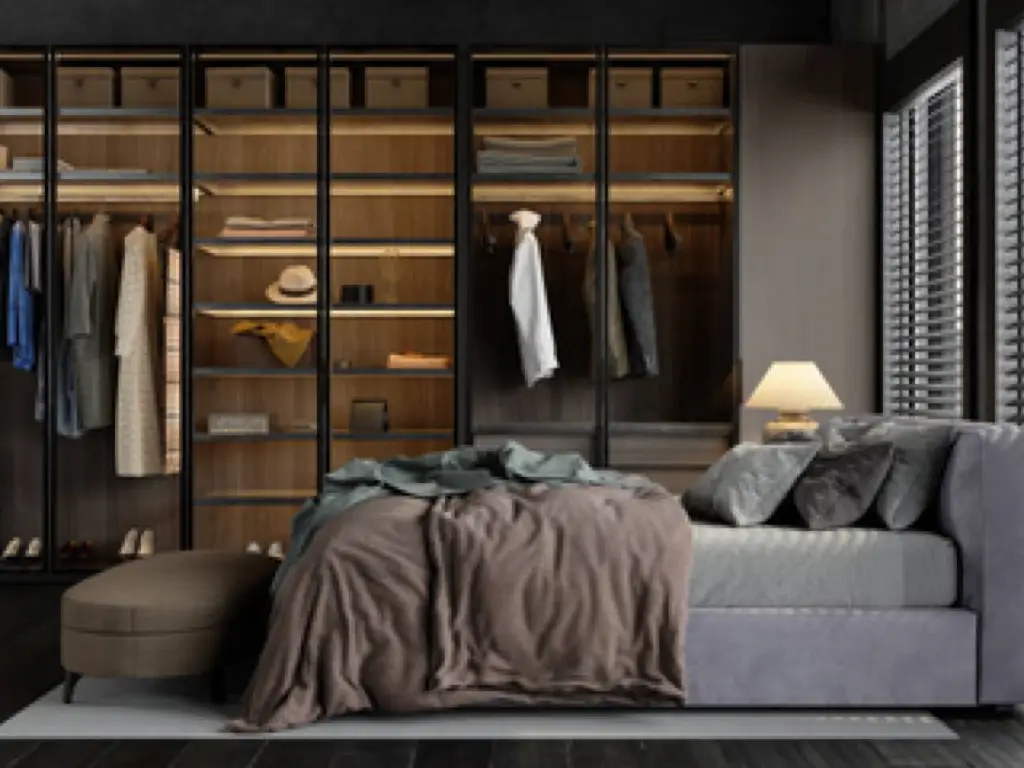
How Flooring Impacts Your Room’s Size Perception?
The choice of flooring and its color greatly influences how big a room appears. Opting for light-hued flooring can mimic spaciousness, just like light walls. If a floor change isn’t feasible, use sizeable, light-colored rugs as they can highlight space and visually expand the room.
The Importance of Monochromatic Design: Maximizing Small Spaces
Maintaining a monochromatic color scheme can create visual fluidity and make a small room look bigger. This doesn’t mean using only one color, but different shades, tints, and tones of the same color for the walls, flooring, and a piece of furniture. This cohesive look minimizes visual interruption and creates an illusion of spaciousness, addressing the issue of lack of space.
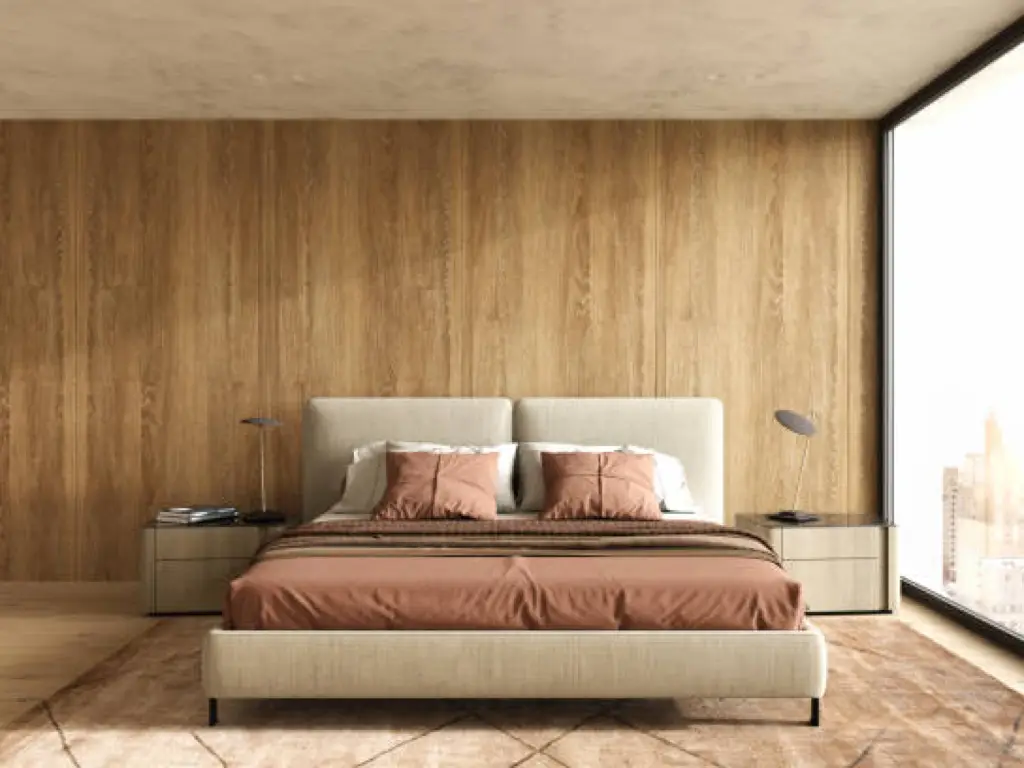
Built-In Storage: Space-Saving Solution for Small Rooms
Built-in storage can dramatically reduce clutter and make a small room feel larger. Floor-to-ceiling cabinets or shelves can take care of most of your storage needs without occupying too much space. Converting unused corners into woodwork storage spaces can also contribute to a cleaner, more spacious room.
Transparent Furniture: An Effective Strategy for Small Rooms
Transparent furniture, like glass tables or Lucite chairs, can create the illusion of space and keep a room feeling open and airy. Because these pieces are see-through, they take up less visual space and make the room look bigger. Whether it is a coffee table or a dining chair, clear furniture can be a chic, effective solution for small-space living.
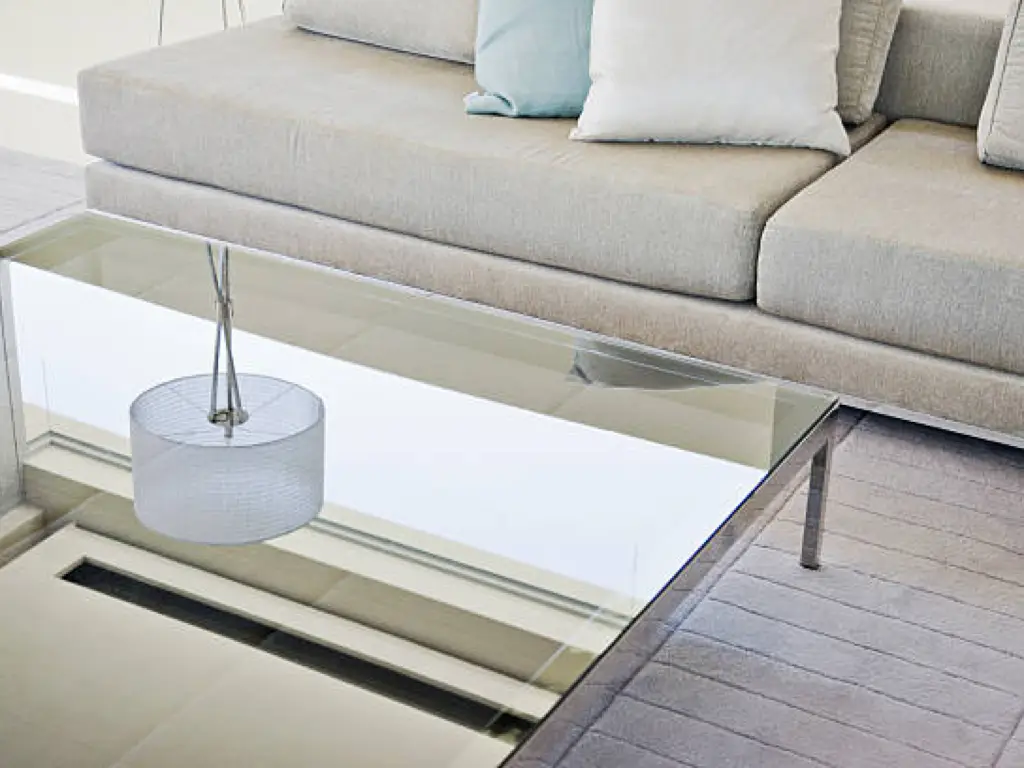
Maximizing Vertical Space: How Floor-to-Ceiling Elements Can Enlarge a Room
By drawing attention upwards, you can make a room seem taller. Consider installing floor-to-ceiling bookshelves, or hanging artwork or drapes from the ceiling down to the floor. Vertical stripes on walls or accessories can also elongate the room and give an impression of higher ceilings. Additionally, creating an alcove in the wall can add depth and visual interest to the tiny space.
Conclusion: Combining Elements to Effectively Make a Small Room Look Bigger
While any single method can make a small room look bigger, combining multiple strategies will create the best result. Remember, the goal is to create a room that is not only visually larger but also practical to use. So, experiment with different ideas, consider your room’s unique dimensions and purpose, and achieve the perfect balance between appearance and functionality. With these tips and tricks, your small living room or bedroom will feel much more spacious and relaxing.
